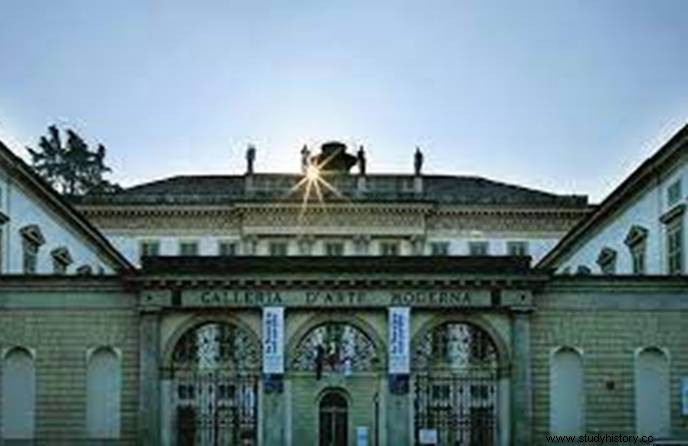
Establishment of republican rule
General elections were held in Italy on June 2, 1946, in which the people of the country voted in favor of the establishment of republican rule. After this, Italy was established as a republic on 10 June 1946.
The End of Imperial Signs
On 18 June 1946, the then Provisional Government gave 'Order of the Day' By issuing an order called, completely abolished the imperial references and remnants mentioned in all the legal and government orders, circulars etc. already going on in Italy. The 'Shield of the House of Service' symbol on the Italian national flag was also removed. In this way, the monarchy which had been running for the last almost two thousand years in Italy came to an end.
Labor based democratic republic
On 22 December 1947, the Constituent Assembly of Italy passed the new constitution and from 1 January 1948, the new constitution came into force in Italy. It has 139 articles and 18 transitional clauses. Italy mentioned in the constitution 'democratic republic based on labor' As has been done.
Parliament of Italy
The Parliament of Italy has two organs - 'House of Deputies' and 'Senate' , The members of the House are elected every fifth year by the method of direct election through adult suffrage. 'Deputy' The candidate for the post should be at least 25 years old. He is elected by 80,000 people by voting.
Election of members of the Senate
The members of the Senate are elected on a regional basis for six-year terms. At least six senators are elected in each region and each senator represents two million voters. But 'Val Dashosta' Only one senator is elected from the area. The President can nominate five such persons for life as members of the Senate, who are eminent and well-known in the field of social science, art, literature etc. At the end of the term, the President of Italy becomes a member of the Senate for life, but he can also leave the membership.
Presidential election
The President is elected by a two-thirds majority in a joint session of the House and the Senate, with three members voting from each of the Regional Councils (only one member votes from the Val Dosta). Even after three elections, if none of the presidential candidates can get two-thirds of the votes, then the candidate with an absolute majority is elected President.
The President must be above 50 years of age. His term is of seven years. The President of the Senate acts as a deputy to the President. The President can dissolve the Houses of Parliament, but he does not have this right during the six months before the end of the term.
Court
Italy has a Constitutional Court of 15 judges, five appointed by the President, five by the Parliament (in a joint session of both houses) and five by the country's Supreme Court (related to law and administration). The Constitutional Court of Italy enjoys almost the same powers as the Supreme Court of America.
